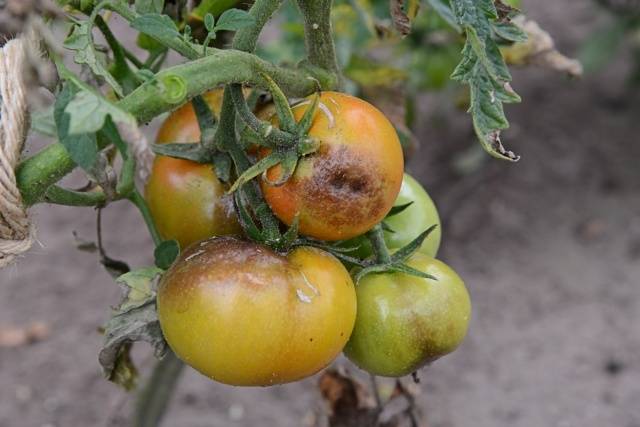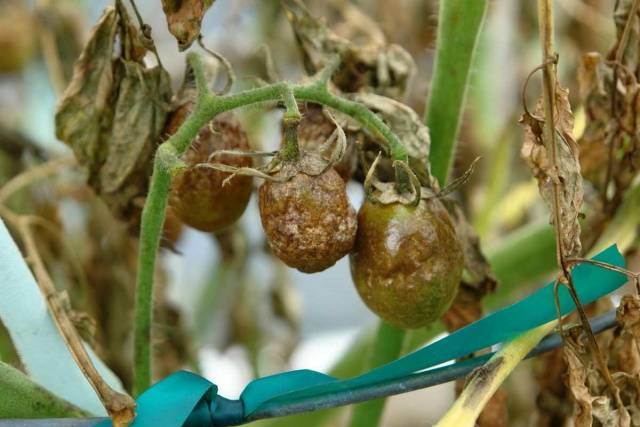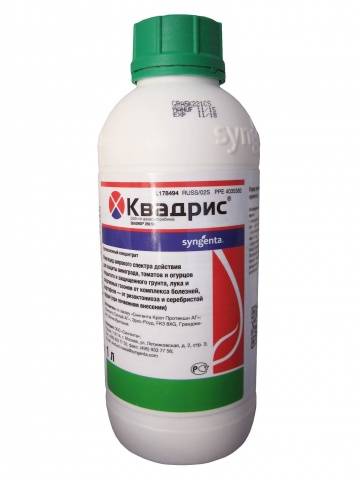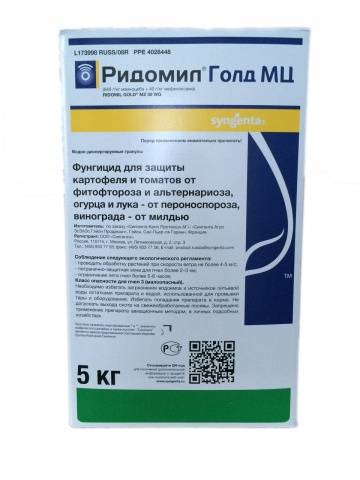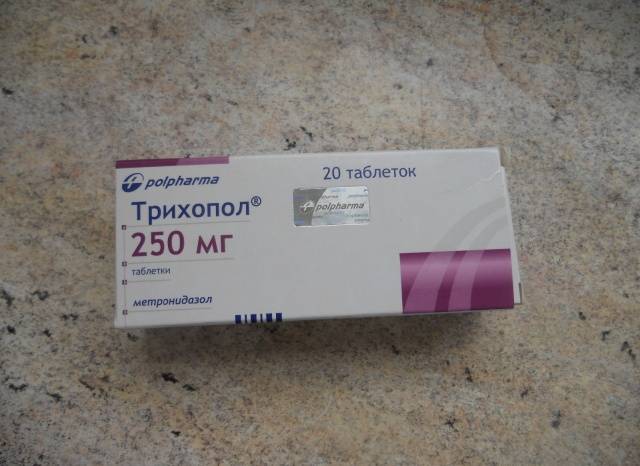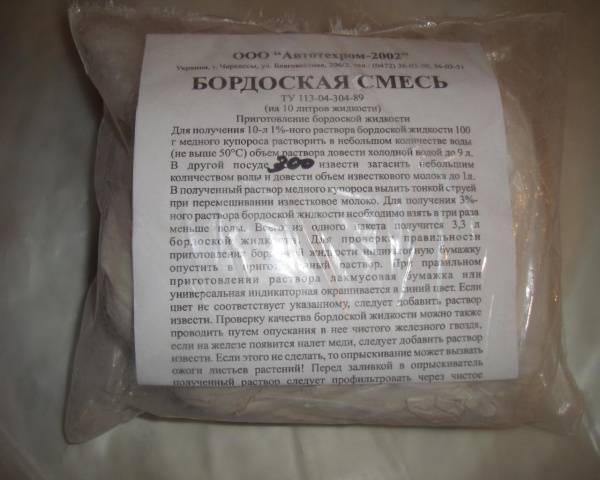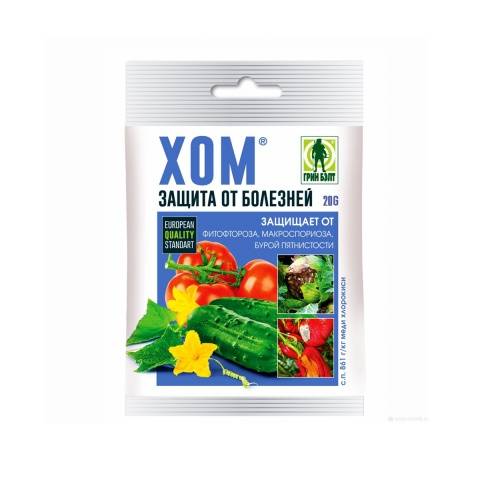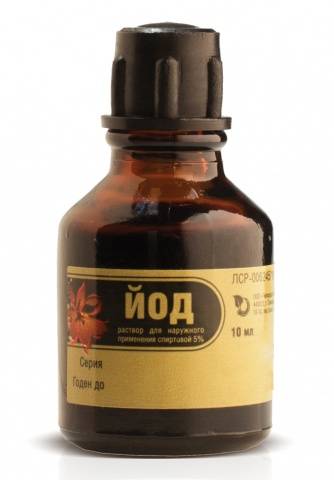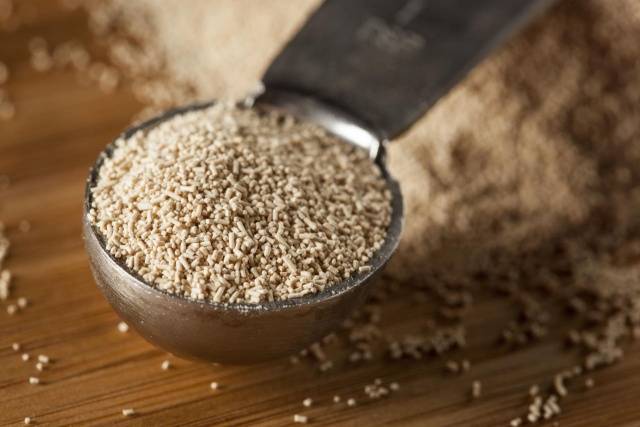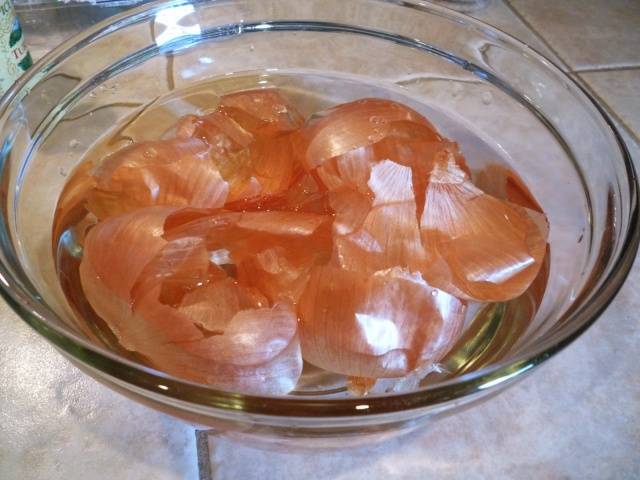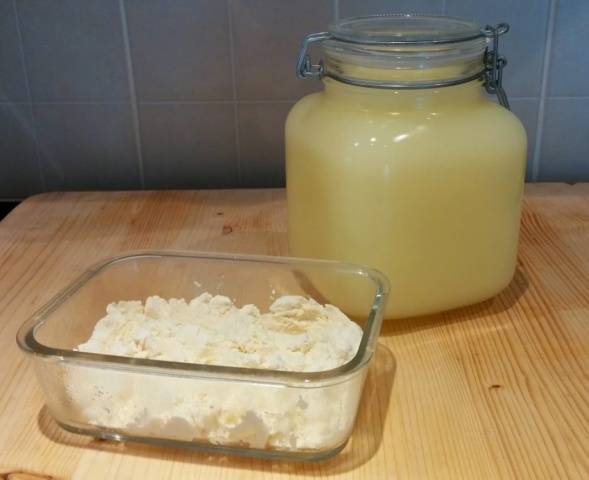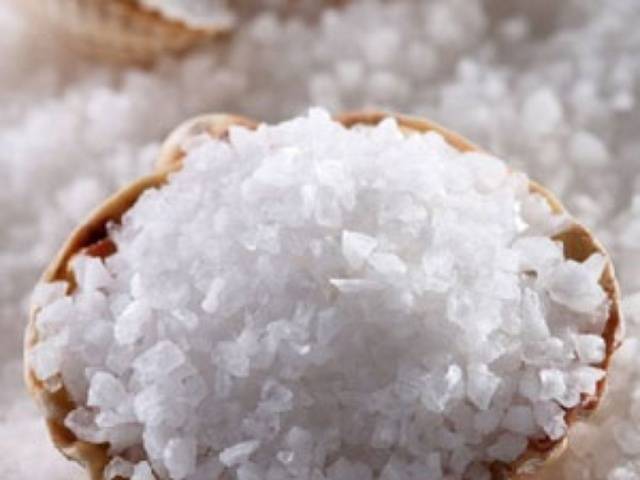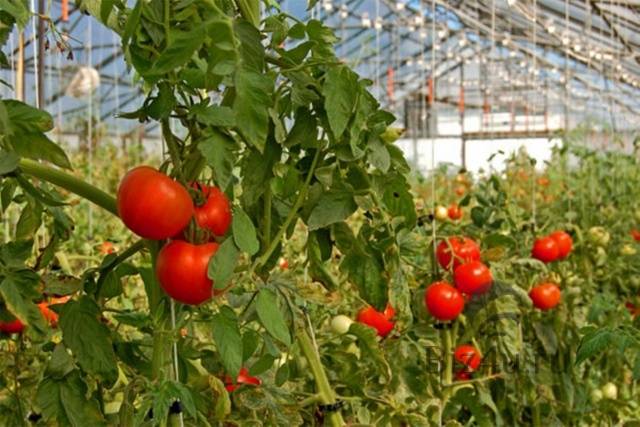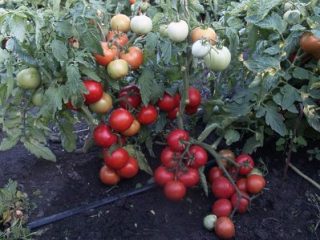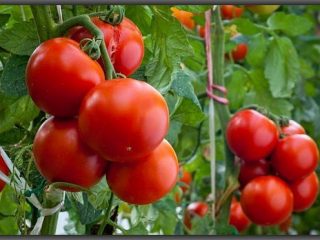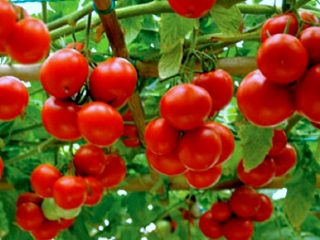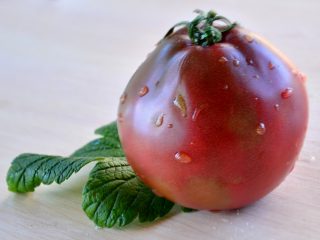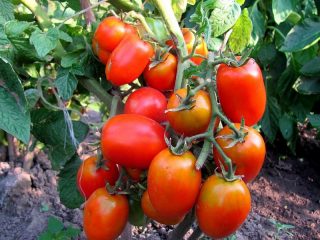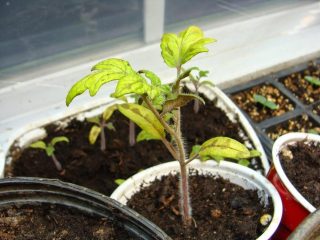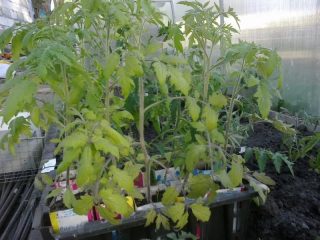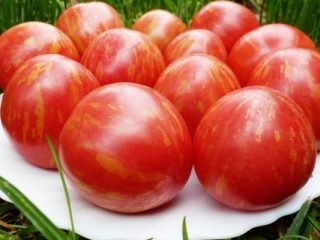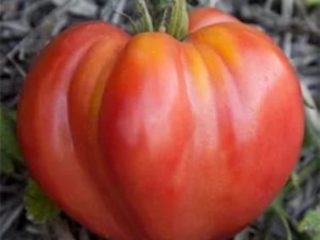Content
Late blight on tomatoes causes damage to green mass and fruits. Comprehensive measures will help get rid of this disease. All of them are aimed at destroying harmful microorganisms. By the best means from late blight are considered fungicides. In addition to them, folk methods are widely used.
Signs of the disease
Late blight is a fungal disease whose spores persist on seeds, plant debris, in greenhouses and on garden tools.
The disease looks like this:
- dark spots appear on the back of the sheet;
- leaves become brown, dry out and fall off;
- a black coating spreads on the fruits.
Late blight damages the tomato crop and negatively affects their development. Affected plants should be removed from the area to prevent the spread of the fungus.
In the photo, late blight on tomatoes has spread to the fruits:
Risk factors
Phytophthora begins to actively develop in August, when cold temperatures set in at night and fogs appear in the morning. The disease on tomatoes can appear in July, when the temperature drops to 15 degrees and it rains constantly.
The development of late blight occurs under the following conditions:
- too dense planting of tomatoes;
- frequent watering of the soil;
- watering leaves using sprinkling method;
- calcareous soils;
- temperature fluctuations;
- lack of fertilizing of tomatoes;
- low temperatures.
Late blight spreads from the lower leaves where moisture accumulates. Therefore, you need to constantly check the plantings and remove tomato leaves if they darken. Excess foliage and shoots need to be removed, as well as yellowed and dried leaves.
Treatment with drugs
To get rid of late blight, special preparations containing copper are used. The disease fungus is able to adapt to different conditions, so it is best to combine several methods. If late blight appears on tomatoes, treatment begins immediately to prevent the spread of fungal spores.
Use of fungicides
For processing plantings tomatoes from late blight The following drugs with fungicidal properties are used:
- Fitosporin – a natural preparation containing beneficial bacteria, one of the most effective according to gardeners. When interacting with soil and plants, Fitosporin destroys harmful disease spores. The drug heals affected tissues, strengthens the immunity of tomatoes and accelerates their growth. For 200 g Fitosporina 0.4 liters of warm water is required. The solution is used to treat seeds, soil or spray tomatoes.
- Fundazol – a systemic drug that can penetrate plants and have a disinfecting effect. Treatment is carried out by watering the soil, spraying tomatoes during the growing season, and treating seeds. 1 g of Fundazol is diluted in 1 liter of water. The product is used twice during the season.The last treatment is performed 10 days before picking the fruits from the bush.
- Quadris – a systemic fungicide that penetrates plant tissue and allows you to fight late blight on tomatoes. The remedy is effective in the early stages of the disease, when the first signs of late blight appear. Quadris is not dangerous for humans and plants. It can be used 5 days before harvesting tomatoes. The number of treatments per season is no more than three.
- Horus – a drug with a protective and therapeutic effect that effectively fights late blight. The product is effective at any time of the year, however, its properties decrease when the temperature rises to 25 degrees. Therefore, Horus is used to prevent late blight in early spring. The therapeutic effect of the drug lasts 36 hours.
- Ridomil – a drug consisting of two components: mefenoxam and mancozeb. Mefenoxam has a systemic effect and penetrates plant tissue. Mancozeb is responsible for the external protection of tomatoes. To combat late blight, prepare a solution consisting of 10 g of the substance and 4 liters of water. Ridomil is used by foliar processing of tomatoes. The first procedure is carried out before the onset of the disease. After 10 days, the treatment is repeated. The next spraying is carried out 2 weeks before the fruit is harvested.
- Previkur – a fungicide with a wide range of effects. The drug stimulates the growth of tomatoes, strengthens immune properties, and allows you to treat tomatoes. For 1 liter of water, 1.5 ml of Previcur is enough. Treatment is carried out in dry weather at a temperature of 12-24 degrees by watering or spraying. The action of the components begins after 3-4 hours. Previkur exhibits its properties within three weeks.
- Trichopolum – an antibiotic used to combat late blight on tomatoes.Trichopolum tablets (10 pcs.) are diluted in 5 liters of warm water. The solution is used to spray tomatoes. Up to three treatments with the drug can be carried out per month. The use of the product stops when the fruits ripen.
Bordeaux mixture
Another way to get rid of late blight on tomatoes is Bordeaux mixture. This remedy is prepared on the basis of copper sulfate, which has the appearance of microscopic blue crystals. The solution of this substance is highly acidic, so Bordeaux mixture is prepared on its basis.
At the early stage of tomato development and after harvesting, use a 3% solution per 10 liters of water:
- 0.3 kg of vitriol;
- 0.4 kg of lime.
First, two solutions are prepared from these components. Then the vitriol solution is carefully poured into the milk of lime. The resulting mixture should stand for 3-4 hours.
Hand and respiratory protection must be used. The solution is not allowed to come into contact with mucous membranes and skin.
Treatment is carried out by spraying tomato leaves. The solution should completely cover the leaf plate.
Copper oxychloride
Substitute Bordeaux mixture is oxychloride copper. This fungicide has a protective contact effect and allows you to solve the problem of how to deal with late blight. For spraying, a solution is prepared by mixing the drug with water.
Treatment of tomatoes with copper oxychloride is carried out in several stages. The first treatment is carried out when the first symptoms of the disease are detected. Then the treatment is repeated after 10 days. In total, no more than 4 procedures are allowed.
The last treatment is carried out 20 days before harvesting. The dosage of the drug must be strictly observed to prevent the formation of leaf burns.
Various preparations have been developed based on copper oxychloride: Hom, Zoltozan, Blytox, Cupritox. For every 10 sq.m., 1 liter of final solution is required. The fight against late blight on tomatoes using this method is carried out during the growing season of plants.
Folk remedies
Traditional recipes are used in addition to the main methods of treatment. They are used as disease prevention when it is necessary to disinfect soil and plants.
Iodine solution
An iodine-based solution helps at the first signs of late blight. The first treatment is performed in mid-June, then repeated a week later. The final procedure is carried out in July.
You can prepare a solution using water (10 l) and iodine solution (5 ml). Spraying is carried out in the absence of direct exposure to the sun, in the morning or evening.
With iodine deficiency, fruits set and ripen more slowly, the immunity of tomatoes decreases, thin stems form, and the foliage becomes pale and lethargic.
Before flowering begins, an iodine solution is used to water the soil. To do this, add three drops of iodine to 10 liters of warm water. One bush requires 1 liter of solution.
Yeast feeding
One of the methods to combat late blight on tomatoes is to use yeast feeding.
Yeast contains fungi that can displace harmful microorganisms from plants and soil.After yeast treatment, the growth of vegetative mass is accelerated, the endurance of seedlings increases, and the resistance of tomatoes to external factors increases.
You can use yeast a week after planting the tomatoes in a permanent place. To prepare the solution you will need the following components:
- dry yeast – 10 g;
- chicken manure extract – 0.5 l;
- ash – 0.5 kg;
- sugar – 5 tbsp. l.
The resulting mixture is diluted in 10 liters of water and applied by watering at the root of the tomatoes. The procedure is carried out to prevent late blight every 10 days.
Garlic or onion infusion
The main step in deciding how to save tomatoes from late blight is soil disinfection and plants.
Garlic and onions contain phytoncides that can cope with harmful spores. Watering with an infusion based on onion or garlic improves the structure of the soil and saturates it with useful substances.
To prepare the product, the heads, arrows or husks of these plants are used. 2 cups of onion or garlic are poured with 2 liters of boiling water. The infusion is prepared within 48 hours. The resulting liquid is diluted in a ratio of 1:3.
The second yeast feeding is done during the flowering period. Tomatoes are watered at the root in the evening. To prevent late blight, plant leaves are sprayed with a solution.
Milk serum
Whey contains beneficial bacteria that can suppress late blight spores. After treatment with whey, a thin film is formed on the leaf plate, which serves as protection against the penetration of harmful microbes.
The disadvantage of the method is its short duration. When precipitation occurs, the protective layer is washed off. 1 liter of whey is mixed with 9 liters of water at room temperature.Tomato processing is carried out in May-June.
Saline solution
To prevent late blight, a saline solution is effective. It is obtained by dissolving table salt in the amount of 1 cup in a bucket of water.
Due to the salt, a film is created on the surface of the leaves that protects the plants from the penetration of fungus. Therefore, the solution is used by spraying plants.
Salt infusion is used during the formation of ovaries. When the first symptoms of the disease appear, you first need to remove the affected parts of the tomato, and then carry out the treatment.
Prevention measures
The following measures will help preserve tomatoes from late blight:
- plant onions or garlic between rows of tomatoes (every 30 cm) or in adjacent beds;
- in a greenhouse you can plant mustard, which has disinfectant properties;
- selection of varieties resistant to late blight (Dragonfly, Metelitsa, Casper, Pink Dwarf, etc.);
- plant early ripening tomatoes to harvest before the disease spreads;
- observe crop rotation (plant tomatoes after cucumbers, onions, legumes, herbs, zucchini, carrots);
- do not plant in a bed where potatoes, peppers or eggplants previously grew;
- do not allow high humidity in the greenhouse or greenhouse;
- disinfect the soil before planting tomatoes;
- apply fertilizer regularly;
- maintain the distance between plantings;
- apply moderate watering;
- Treat the greenhouse with Fitosporin solution in the spring.
Conclusion
The fight against late blight is complex. To protect tomatoes, the rules for planting, watering and feeding are followed. When signs of the disease appear, treatment with special preparations is carried out.Additionally, you can use folk remedies that have their own advantages.
